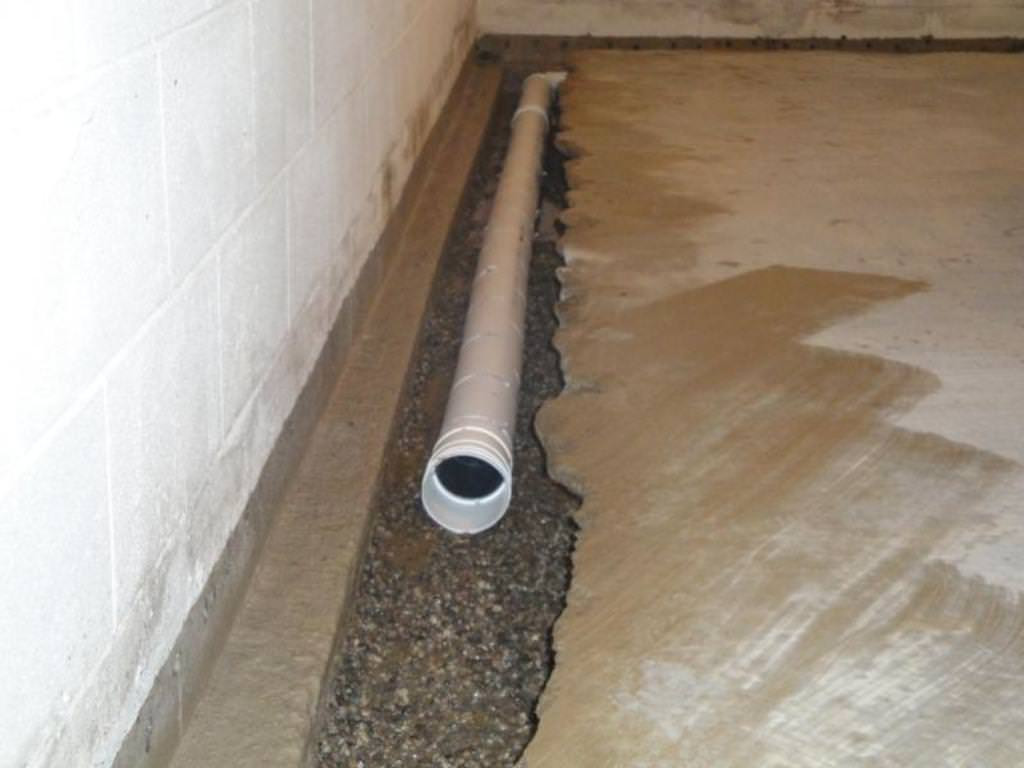Basement waterproofing is a crucial aspect of maintaining a healthy and safe home. Water intrusion in basements can lead to a host of problems, including mold growth, structural damage, and poor indoor air quality. This comprehensive guide will delve into the various methods and materials available for waterproofing your basement, ensuring that your home remains dry and comfortable.
Understanding Basement Water Problems
Basements are particularly susceptible to water problems due to their below-ground location. Common sources of water intrusion include:
- Rainwater: Heavy rain can saturate the ground around your home, causing water to seep through foundation walls and floors.
- Groundwater: Rising groundwater levels can exert pressure on basement walls, leading to cracks and leaks.
- Plumbing Leaks: Broken or leaking pipes can contribute to water accumulation in basements.
Signs of Basement Water Problems
Identifying the early signs of water problems in your basement can help prevent extensive damage. Look for:
- Damp Walls or Floors: Moisture on walls or floors is a clear indication of water intrusion.
- Musty Odors: A damp smell often accompanies mold and mildew growth.
- Efflorescence: White, chalky deposits on walls are a sign of water seepage.
- Cracks in Walls or Floors: Cracks can allow water to enter the basement.
Basement Waterproofing Methods
There are several methods available for basement waterproofing, each with its own advantages and disadvantages. These include:
- Interior Waterproofing
- Sealants and Epoxy Injections: These materials are used to fill cracks and create a waterproof barrier. While effective for minor leaks, they may not address underlying issues.
- Interior Drainage Systems: These systems, such as French drains, collect water and direct it to a sump pump for removal. They are effective for managing water that enters the basement.
- Exterior Waterproofing
- Excavation and Waterproofing Membranes: This method involves excavating around the foundation and applying waterproof membranes to the exterior walls. It is highly effective but also more expensive and labor-intensive.
- Exterior Drainage Systems: Similar to interior systems, exterior drainage systems prevent water from accumulating around the foundation.
- Waterproofing Paints and Coatings
- These products are applied to interior walls to create a waterproof barrier. They are easy to apply but may not be suitable for severe water problems.
Choosing the Right Method
Selecting the appropriate waterproofing method depends on several factors, including the severity of the water problem, the condition of your foundation, and your budget. Consulting with a professional waterproofing contractor can help you determine the best solution for your home.
DIY vs. Professional Waterproofing
While some waterproofing methods can be tackled as DIY projects, others require professional expertise. For minor leaks and cracks, DIY solutions like sealants and coatings may suffice. However, for extensive water problems or structural issues, it is advisable to hire a professional contractor.
Maintaining a Dry Basement
Regular maintenance is essential to keep your basement dry. This includes:
- Cleaning Gutters and Downspouts: Ensuring that water is directed away from your foundation.
- Inspecting Foundation Walls: Regularly checking for cracks or signs of water intrusion.
- Maintaining Sump Pumps: Ensuring that sump pumps are functioning correctly and have backup power sources.
Basement waterproofing is an essential investment in the longevity and safety of your home. By understanding the various methods available and choosing the right approach for your situation, you can prevent water problems and maintain a dry, comfortable living space. Regular maintenance and prompt action when issues arise will further ensure the effectiveness of your waterproofing efforts.
Contact the Professionals at Everdry Waterproofing Of Columbus Today! (614) 850-5600







